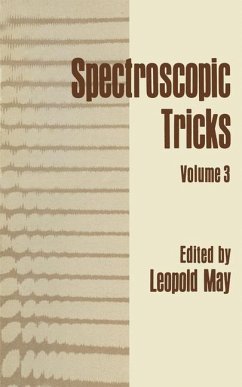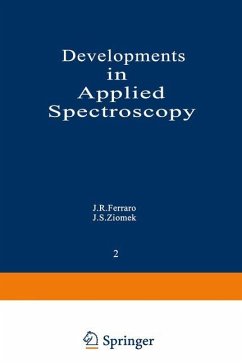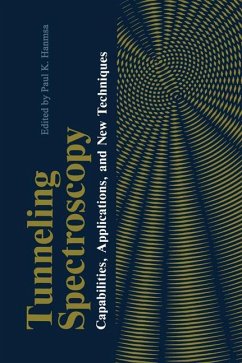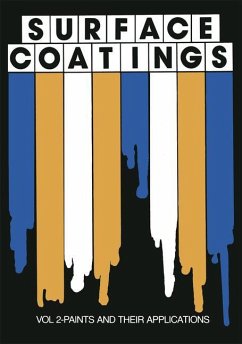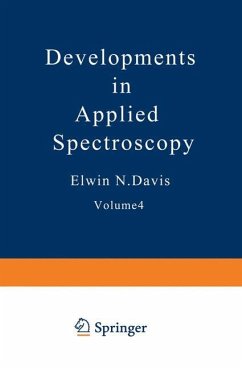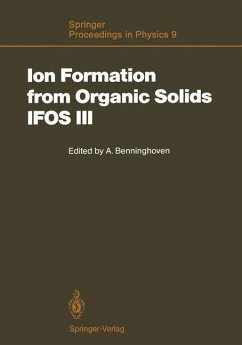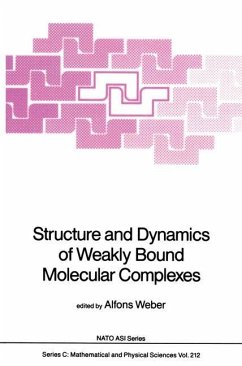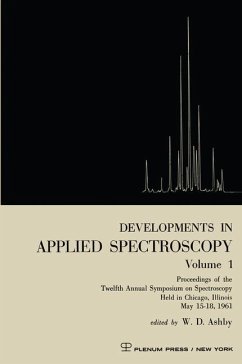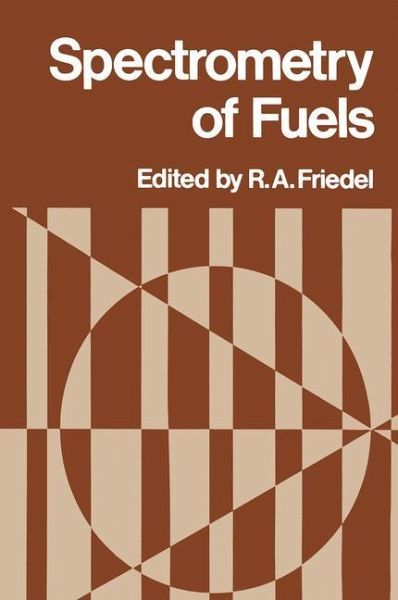
Spectrometry of Fuels

PAYBACK Punkte
38 °P sammeln!
Fuels represent an important aspect of world economy. The study of the chemical properties and compositions of fuels is necessary to provide a better understanding of their reactions, and, possibly, to promote their improved commercial utilization. Spectrometry comprises a valuable group of tools and techniques for the study of fuels and their derivatives. Some of the undesirable by-products from fuels-specifically, pollutants-provide the spectroscopist with an additional vast area for the application of his tools. The fight against pollution of all kinds has spawned one of our most rapidly gr...
Fuels represent an important aspect of world economy. The study of the chemical properties and compositions of fuels is necessary to provide a better understanding of their reactions, and, possibly, to promote their improved commercial utilization. Spectrometry comprises a valuable group of tools and techniques for the study of fuels and their derivatives. Some of the undesirable by-products from fuels-specifically, pollutants-provide the spectroscopist with an additional vast area for the application of his tools. The fight against pollution of all kinds has spawned one of our most rapidly growing industries. It thus seems pertinent to devote a book to the spectrometric investiga tion of fuels and related materials. This book is intended to be of interest to people concerned with fuels, with related chemicals, with applications of the newest spectral methods, or with organic and physical chemistry. The pur pose of the book is threefold: (l) To give details of 23 new researches using modern spectral methods on fuels and related materials, (2) to give the reader some feeling for these modern techniques and their applications, and (3) to provide him with indications of material for further reading. The book is not intended to cover details of specific analyses of fuels or of fuel deriva tives such as gasoline, lubricating oil, coal gas, etc. ; considerable space in other books and in journals has been devoted to these subjects.





